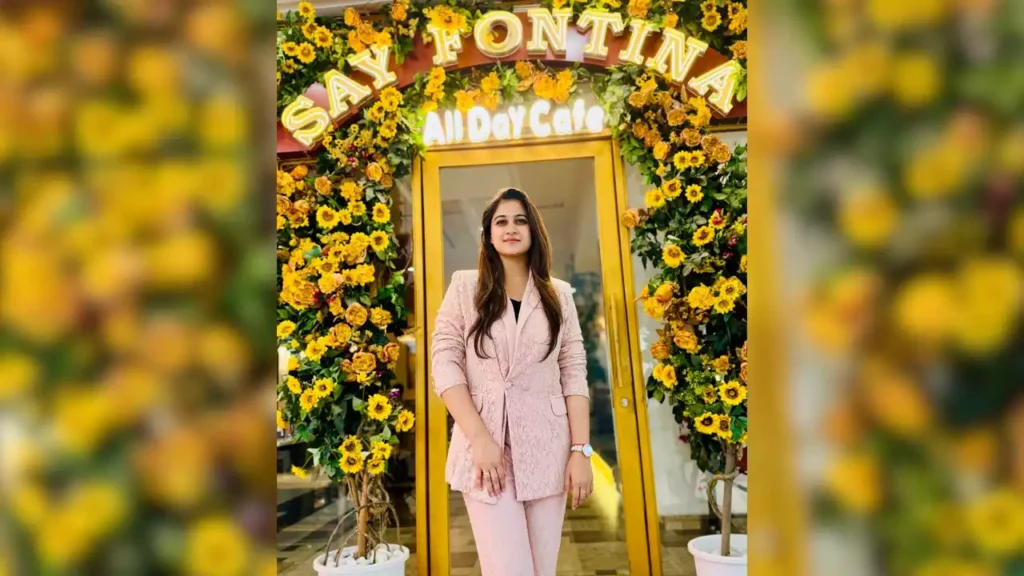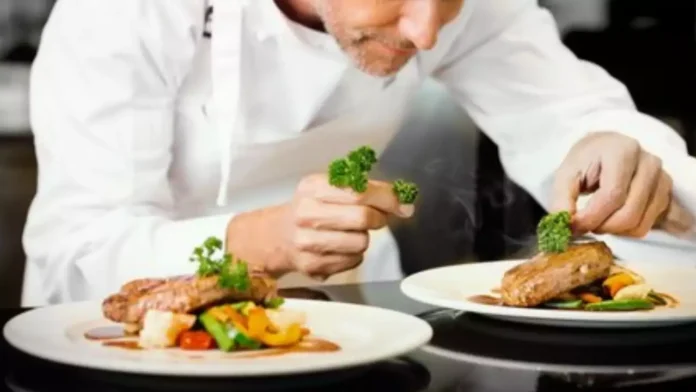By Swati Kansal, Founder at Say Fontina
European cuisine can be described as a social and multicultural construct of culinary traditions developed over many generations. Starting with simple country cooking of Italy up to the fine dining experience of France, Europe has a wide array of tastes that are great for the palate. However, this has been overtaken with the advancement in technology and global trends in cooking, creating a conflict of which way to go between maintaining the originality of the dishes and achieving integration of modern methods in preparation of food. The piece under discussion focuses on the analysis of how to make genuine European food and the role of tradition in it.

Understanding Tradition
The core of true European food remains in front of one’s eyes, obedience to traditions. Every country has its rich culture reflected in the kind of food people consume, the availability of certain products, and roots of various cuisines. For example, Italian food and drink is famous for using ingredients and local products of the highest quality and distinctive dishes of the cities and regions of Italy, fresh pasta from the region of Emilia-Romagna and seafood of the Amalfi Coast. Likewise, French food is best characterized for the techniques and sauces that are implemented in many kitchens around the globe.
In order to give the due respect the above traditions call for, one needs to identify the building blocks that constitute these traditions. This includes looking into the basics of cookery, told rich with histories of the dishes.
For instance:
This entails covering the basics of cooking, emphasized by the history of meals. Even before Master chefs are allowed to innovate they take years learning most traditional ways such as the FMC’s mother sauces or even how to make pasta from scratch.
The Role of Innovation
Tradition in European cuisine is represented as a foundation, and innovation is the driving force behind its development. The trends in cooking are continuously shifting and being defined by a number of factors such as the globalization process, technologies, and consumers’ tendencies. Kitchen chefs of today are not just the guardians of the culinary culture; they are also pathfinders dealing with the four S – seasoning, sourcing, slicing and serving.
Continue Exploring: Cafe Say Fontina to launch 10 new outlets in Delhi-NCR, aiming for 50% revenue growth by 2027
Innovation can be related to the creation of a product in an unbelievable manner, for instance, using a component that is not ordinarily used in that particular dish. For instance, a chef may decide to create a new version of a Spanish ratatouille by applying techniques of molecular gastronomy. On the other hand, with regard to preparation technique, a cook might combine Italian and Asian ingredients thus coming up with a new dish that does not undermine the integrity of the two cuisines.
Finding the Balance
The way to provide the true taste of European food is to strike the correct middle between the traditional and the contemporary. This is because it is much easier for a manager to understand the different tactics that were employed and used in the wars that are described in the classics and at the same time try out new techniques that may have not been used before. Here are some strategies to achieve this balance:Here are some strategies to achieve this balance:
- Respect the Classics
Any culinary experiment should start with the basic knowledge of traditional recipes and practices, and the classic recipes for preparing this dish are quite simple. Used time should be devoted to studying the traditional dishes, their components and their place in history. This will be the starting point of creativeness supporting your desire to improvise without compromising the nature of the particular dish.
- Embrace Local Ingredients
Another principle of European dishes is the use primarily fresh, seasonal products that are typical for the certain region of Europe. Chopping of fresh produce, meats and dairy from local farmers means that chefs are in a position to make special meals that are characteristic of the region. Besides, the integral use of local products is not only traditional but can also be considered experimental. For example, now instead of using standardized and commercial mushrooms found in any supermarket, he will use mushrooms found in the forests of his region to prepare the now classic risotto.
- Experiment with Techniques
Sometimes it is not even really about new ingredients; it may be new ways of preparing the same materials. It is evident that traditional approaches of preparation can be modified or incorporated with today’s techniques to come up with unique meals. For instance, sous-vide method is employed in making meats precise, moist and flavoured and therefore improving the typical dishes such as the coq au vin or osso buco.
- Engage with Cultural Influences
European cuisine is not a design itself; it is fused through the processes of interaction and the integration of other cultures. To avoid monotony one should incorporate components from other cultures from time to time. This may refer to using spices from North African food preparation in Mediterranean style meal preparation or even using Asian flavours in European pastries. That kind of cross-over can end up in a creation that is spectacular, something that gives more than a nod to many cultures.
- Stay True to Your Vision
Finally, it is necessary to understand that the procedure of preparing delicious meals of European inspiration is about individual liberty. Every single chef has his own view and the background that make him peculiar in some way. On the one hand, it is critical to remember the traditions but at the same time, do not deny yourself experimenting. Follow your heart and give in to the passion whenever preparing your meals and dishes.
Conclusion:
It is essential to stress that cooking European dishes is an art in which the principles of the traditional cuisine are combined with inspiration. Thus, cooks are ready to stimulate both historical and futuristic feelings by offering a dish that reflects traditions and progressive trends at the same time. As the culinary world continues to evolve, the challenge remains: to further promote the glorious background of European food and not be afraid to experiment at the same time. Thus, not only do we protect history but also build the future of culinary arts to be as bright as possible.



